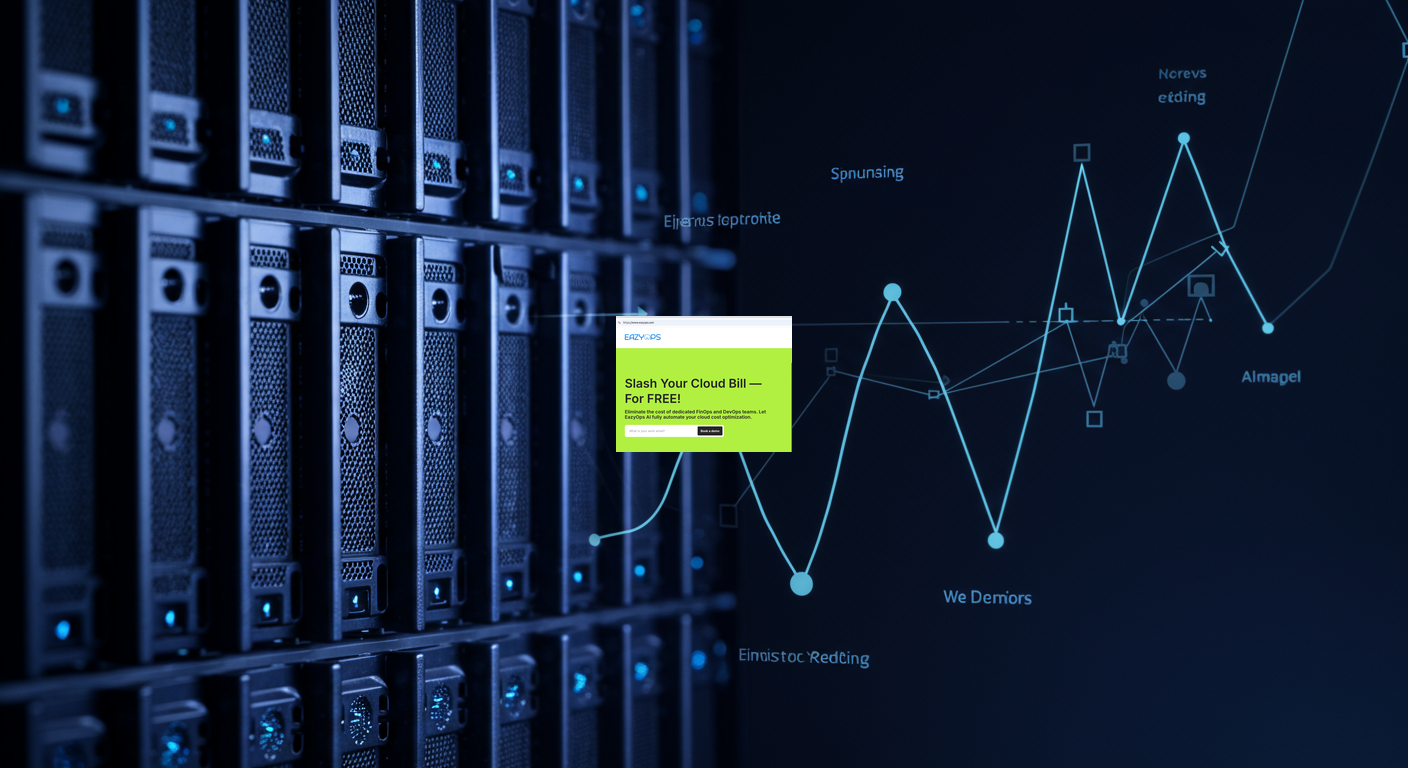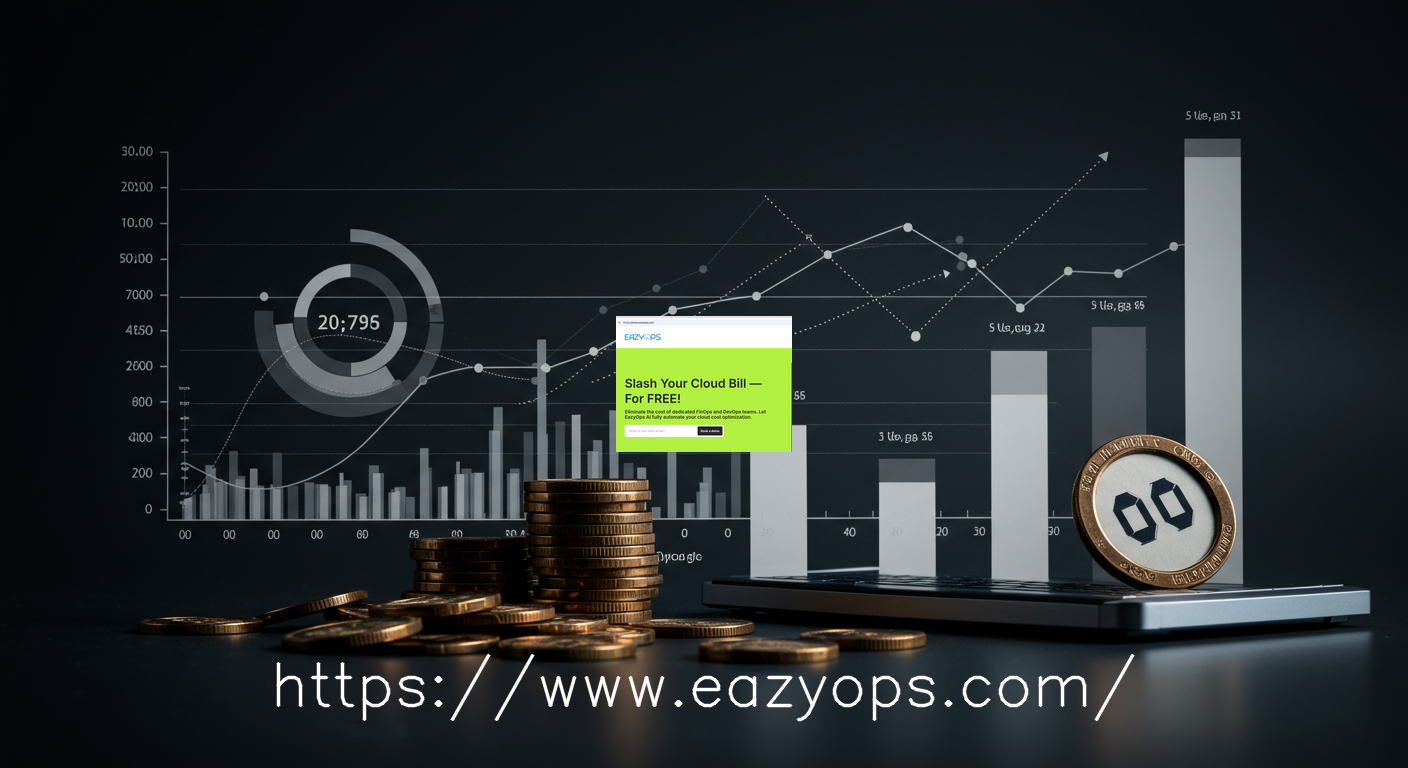The $4,200 GP3 Problem: When Default Settings Become Budget Killers
How a simple oversight in our AWS EBS volume provisioning burned a hole in our pockets—and how we automated our way out.
We pride ourselves on being cloud-native and cost-conscious. We meticulously track our spending, leverage spot instances, and right-size our EC2 fleets. So, when our AWS bill jumped by $4,200 one month, it raised some serious eyebrows. The culprit? General Purpose SSD (GP3) volumes.

Provisioning for the Apocalypse (Just in Case)
Our initial approach to EBS volume provisioning was, shall we say, overly cautious. Developers, not wanting to run out of space, routinely provisioned 16TB GP3 volumes by default for almost every workload. It was a classic case of “better safe than sorry,” but with a hefty price tag.
The Data Doesn't Lie (and It's Telling Us We're Wasting Money)
While investigating the bill spike, we dug into CloudWatch metrics. The data was stark: the vast majority of these 16TB volumes were barely touching 2TB of actual usage. We were paying a premium for storage capacity we simply didn’t need.


EazyOps to the Rescue: Auto-Benchmarking and Right-Sizing
Manually resizing hundreds of volumes was out of the question. Enter EazyOps. We configured EazyOps to automatically benchmark the IOPS needs of our workloads and right-size our GP3 volumes accordingly. The platform's safety mechanisms ensured zero disruption during the resizing process, giving us peace of mind.
From $4,200 Wasted to $1,900 Saved: 55% Cost Reduction
The results spoke for themselves. EazyOps reduced our monthly GP3 spend by a whopping 55%, saving us $1,900 per month. That’s $22,800 back in our budget annually—all thanks to automation.

Lessons Learned: Default Settings Aren't Always Your Friend
This experience reinforced a crucial lesson: default settings are often optimized for ease of use, not cost efficiency. Regularly review and adjust your cloud resource configurations to avoid unnecessary spending.
The Future: Proactive Cost Optimization
We're now exploring further automation with EazyOps, including predictive right-sizing based on historical data and machine learning. The goal is to move from reactive cost management to proactive optimization—catching potential waste before it impacts our bottom line.
About Shujat
Shujat is a Senior Backend Engineer at EazyOps, working at the intersection of performance engineering, cloud cost optimization, and AI infrastructure. He writes to share practical strategies for building efficient, intelligent systems.